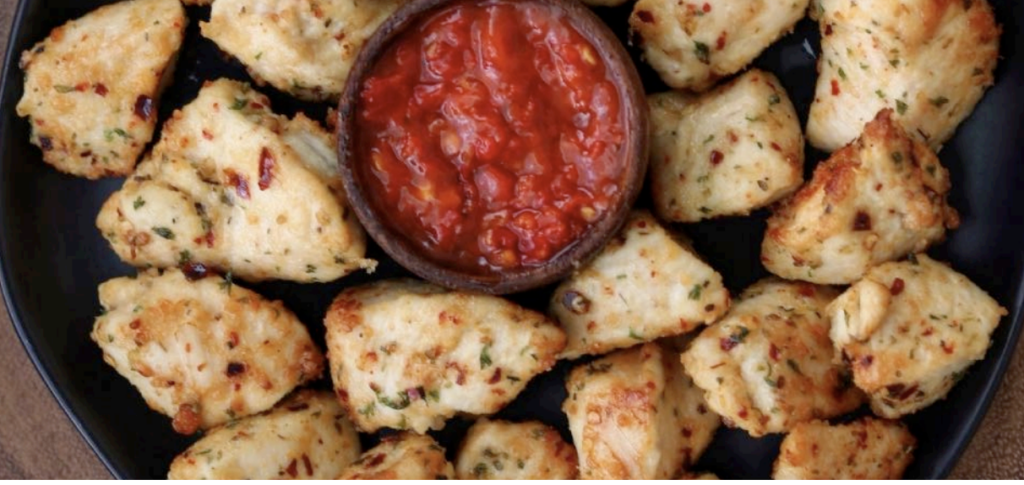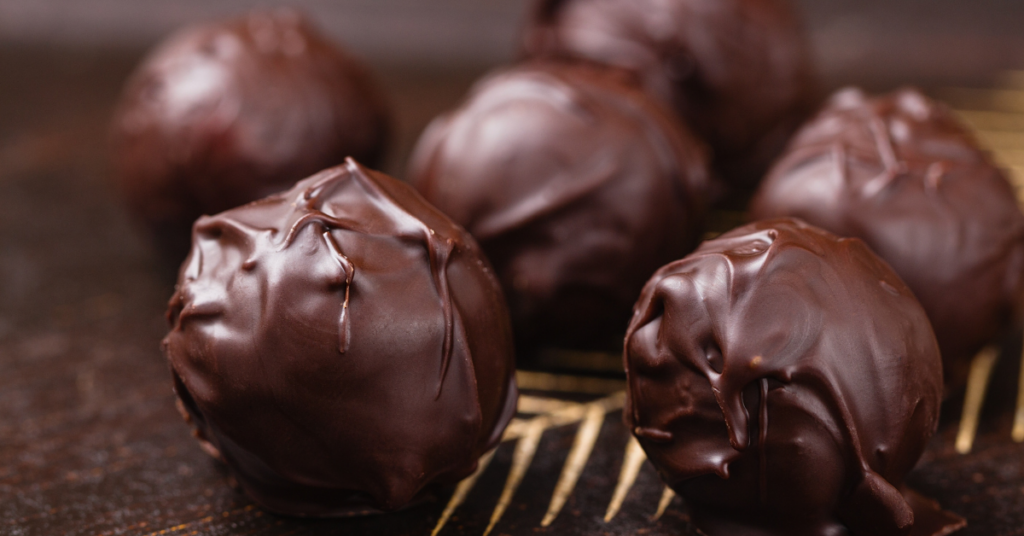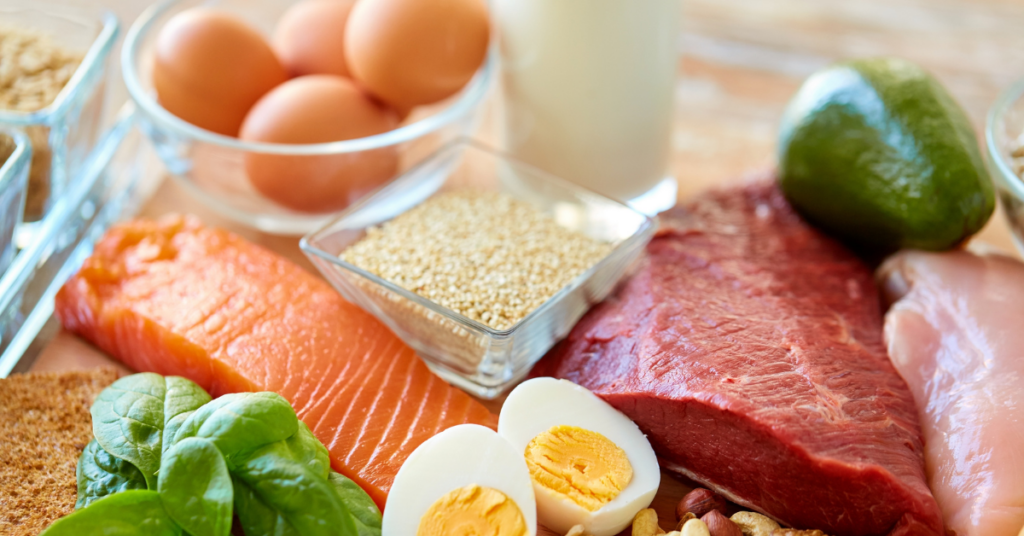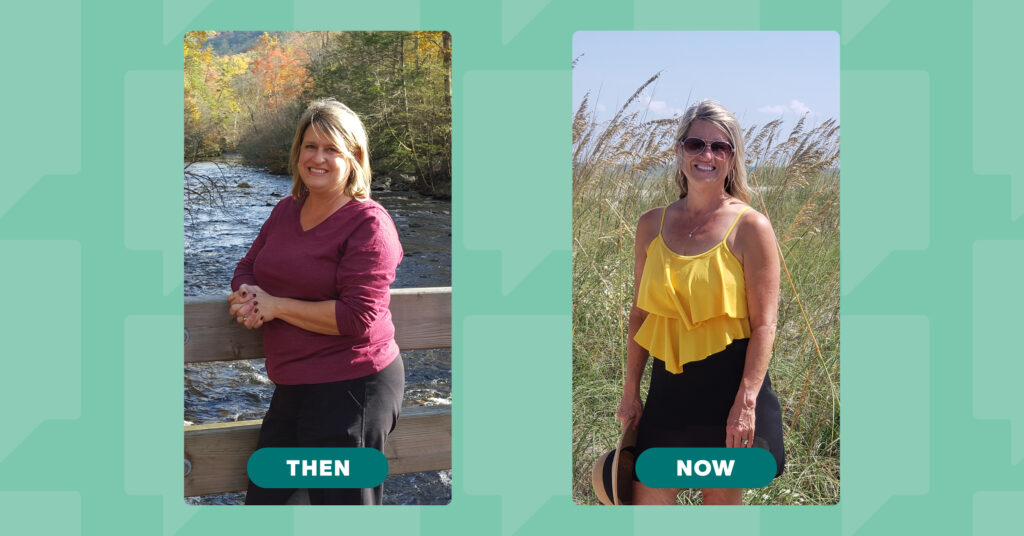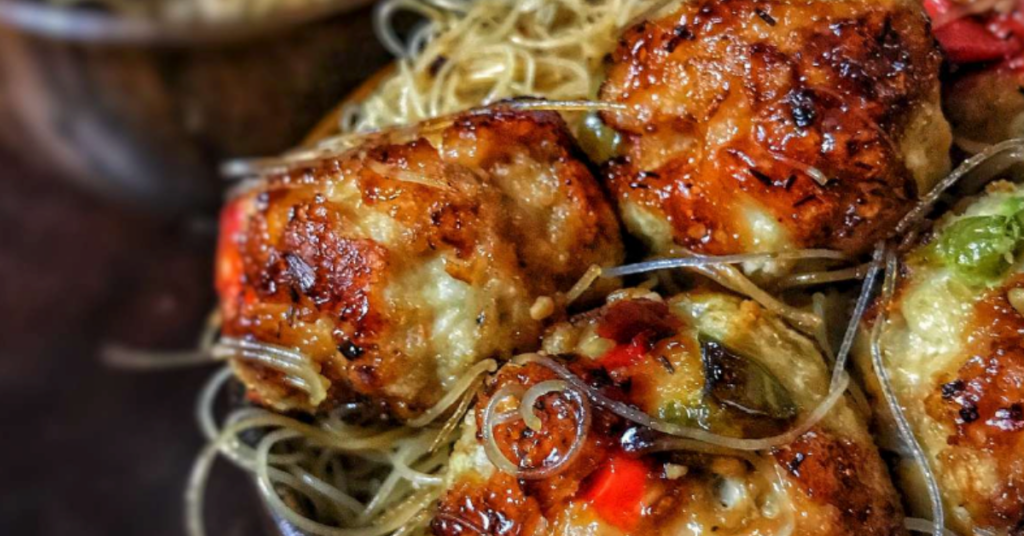There seems to be this obsession in health and fitness to make everything as hard or extreme as possible, all in the name of results.
Calories and carbs get cut. Cardio and CrossFit both get crushed—as well as any dreams of a magically simple ride to better health and fitness. Because when you’re in the trenches of eating less and moving more, it’s nowhere near as glamorous as it looks on Instagram.
If you’ve been there, you know how it feels. You’re hungry, tired, and frustrated at how slow-moving the process is. If complete and utter misery led to success, you’d be killing it. But instead, it feels flipped, like it’s killing you.
https://www.instagram.com/p/BktWLhehStM/?taken-by=strongeru
Not fun. Also, not necessary.
You don’t have to endure endless pangs of hunger to make progress. You don’t have to make yourself miserable to see results. In fact, you can eat more and lose weight. And I’m about to show you how.
Before I do, know that this isn’t magical either. Nutrition stuff takes time, consistent effort, and hard work. If you’re looking for a quick fix or weird trick (neither of which actually exist, by the way), stop reading. This piece isn’t for you.
However, if you’ve ever…
…starved yourself in the name of fitness,
…hated the hunger that comes with restrictive dieting,
…or felt hopeless after eating less and moving more,
This article is exactly what you need.
Let’s Face It, Eating Less Is A Pain
Most people get that weight loss tends to come down to eating less and moving more. Most people even know that nutrition is more important than physical activity when it comes to health and fitness. And yet, obesity rates continue to climb.
Which brings into question whether or not starvation dieting even works. A diet really only “works” as long as the results can be maintained, after all. When you rush off to the pizzeria as soon as you finish that 15-day challenge, those results won’t last.
But why?
Why is it that we know what to do (eat less), yet continue to weight more? Why do we go on new diets for a few weeks only to go off the deep end as soon as they’re over? Why is our weight like a yo-yo month after month?
It’s because nobody enjoys feeling hungry all the time.
Feeling hungry all the time is exactly what you can expect if you’re wholly focused on eating less. Sure, you can get through it for a bit—with grit teeth and force of will. But willpower is a limited resource and the backswing of that eat-less pendulum can be utterly devastating, tearing through whatever healthy habits you’ve built like a wrecking ball.
It’s no fun. None of it. First, eating less and feeling hangry. Then, then the lack of results.
Directly Related: Eat-Less Diets Are Also A Pain
From a nutritional science perspective, eating less isn’t wrong. In fact, every single eat-less approach to dieting should work like a charm—on paper. But what works in theory and on paper doesn’t always work in real life.
Even the best nutrition program in the world is worthless if you can’t follow it.
That’s why you hear us say things like adherence and sustainability. Those qualities matter so much more than anything else when it comes to dieting that actually works. You don’t just need a well-designed plan, you need a well-designed plan you can stick to. Right now, next month, next year, and forever.
Restricted eating that solely focuses on the restriction really misses the mark here. It’s hard to follow and impossible to sustain because eating less and knowing it can be a mental roadblock many of us.
That’s why we see increases in both weight loss effort and obesity rates.
It’s also why we see yo-yo dieting all too often. And that’s why eating less to lose weight is so dang frustrating. It’s miserable while you’re starved and even worse when you lose whatever progress you made. Not fun. But, as I mentioned before, it’s also not necessary.
There’s a better way to lose weight. One that isn’t solely focused on eating less. In fact, it’s focused on eating more…
You Don’t Have to Eat Less (Otherwise known as: How to eat more and lose weight)
“This is way more food than I’m used to.”
We hear that sort of thing a lot here at Stronger U. In my book, that’s a very good sign. Because that means a few things:
- You’ll be able to stick to the plan (adherence). Off-plan eating is rare when you’re feeling full and satisfied.
- You’ll be able to eat like this forever (sustainability). Eating is part of the rest of your life, so you’ll be much better off with a plan that lends itself to that instead of a 30-day crash diet.
- You’ll feel full while you lose fat. Let’s be real, who doesn’t want that?
But we’re not doing anything magical. We’re not selling weird tricks, quick fixes, or strange secrets. Stronger U is focused on delivering simple strategies you can stick to. Forever.
When a plan is focused on simplicity and sustainability, it’s not just about eating less.
Pause.
Before I get to the how-to of eating more to lose weight, understand that this isn’t going to contradict the laws of thermodynamics. Energy balance (calories in vs calories out) still matter. To lose weight, you must maintain a caloric deficit. That’s science. And fairly irrefutable. After all, they’re the laws of thermodynamics. Not theories. This isn’t an unsubstantiated claim that ignores the all-important caloric deficit.
So before any Internet zealots freak out, know this: My point is about eating more food and fewer calories. My point is about filling foods that will help you lose fat. It’s about eating more food volume so you can go from starved to satisfied without sacrificing success.
What Is Food Volume?
The amount of space that a substance occupies. That’s volume. Food volume is the amount of space that your food occupies. Space in your fridge, on your plate, and most importantly, in your stomach. Simple enough, right?
https://www.instagram.com/p/BlDQXdTBXPv/?taken-by=strongeru
(In fact, we have an entire guide to helping you eat high volume meals just like Coach Josh.)
High-volume foods, foods that take up more space, will quite literally fill you up more than low-volume foods. For example, 100 calories of broccoli is much more filling than 100 calories of almonds. That’s because of food volume. Broccoli is a high-volume food, almonds are not.
Important note: This example is deliberate.
Broccoli is good for you. Almonds are good for you. Food volume isn’t merely a matter of good vs bad or healthy vs unhealthy, it’s all about space.
Calorically speaking, they’re identical. But one is much more filling. This is the key to eating more and losing weight.
“Eat more” doesn’t have to mean more calories when you’re focused on high-volume foods. The result? You’re more full, more satisfied, and more successful. A plan that’s focused on more volume instead of merely eating less is simple and sustainable, delicious and nutritious. With it, you can effectively eat more and lose weight.
Five of My Favorite Ways to Boost Food Volume, Eat More, and Lose Weight
Now you understand what it really means to eat more and lose weight, I want to leave you with some simple action steps. Because honestly, information without action won’t help you. And that’s ultimately what I want to do—help you succeed with health and fitness. Like, right now.
Below are five sure-fire strategies to increase food volume so that you can feel full while losing fat:
1. Eat Your Vegetables
As illustrated in the example above, veggies give you a lot of bang for your caloric buck. When it comes to food volume, veggies are often at the top of the list. (And that doesn’t even begin to get into all the awesome nutrients and health benefits that go along with them too.)
Turns out Mom was right, you should eat your vegetables. They’re nutrient dense and high volume, which means you’re more full. That’ll inevitably help you be more successful too.
2. Fruit Is Still Good for You
Fruit is similar to vegetables when it comes to food volume. Both are high, which is great for you and your results. But some people limit fruit intake when they’re trying to lose weight. Which is actually a disservice.
Yes, fruit has carbs. No, that won’t automatically hurt your progress. Enjoy high-volume fruits and the success they’ll help you achieve.
3. Water Can Do More Than Satisfy Thirst
A lot of high-volume foods owe their volume to water content (think: cucumbers or plums). On its own, water can help you feel full too—especially if it’s sparkling.
Is a glass of water or a can of La Croix going to be as filling as a plate full of veggies? Probably not. But they can help curb cravings, keep you feeling full, and help maintain good hydration.
Shoot for having half your bodyweight (lbs) in ounces of water each day as a jumping off point.
4. Fiber for Fullness
Like water, fiber adds a lot of bulk to foods. And because fiber isn’t digested, it maintains volume even through digestion. In other words, you’re not just full after you eat, but you’ll feel fuller for longer.
While vegetables and fruit are generally high-fiber foods, they’re not the only food with fiber. Literally, anything with fiber is going to have more food volume than a less fibrous alternative, which makes fiber a key player in eating more to lose weight.
5. Protein with Each Meal and Snack
https://www.instagram.com/p/BjKRbFIgKJP/?taken-by=strongeru
Fitness professionals and nutrition coaches talk about protein all the time. But for good reason. It’ll help with any fitness goals. And that means eating more to lose weight too.
To be fair, it’s not as high-volume as fruits or veggies. But it deserves an honorable mention because protein will help you feel full, which is at the root of what we’re going for with a volume-focused eating plan.
Some of the satiety has to do with protein as a macronutrient and how the body processes it. But protein—specifically lean protein—carries a respectable amount of food volume as well. Generally speaking, eating more protein will help your goals.
At the end of the day, you need to consume fewer calories to lose weight. But that doesn’t require you to eat less. By leveraging high-volume foods, you can literally eat more and still lose fat.
Bid farewell to starving yourself with an eat-less mentality. Instead, focus on having more. More veggies and fruit, more water, fiber, and protein.
You deserve to stop starving and finally start succeeding.



